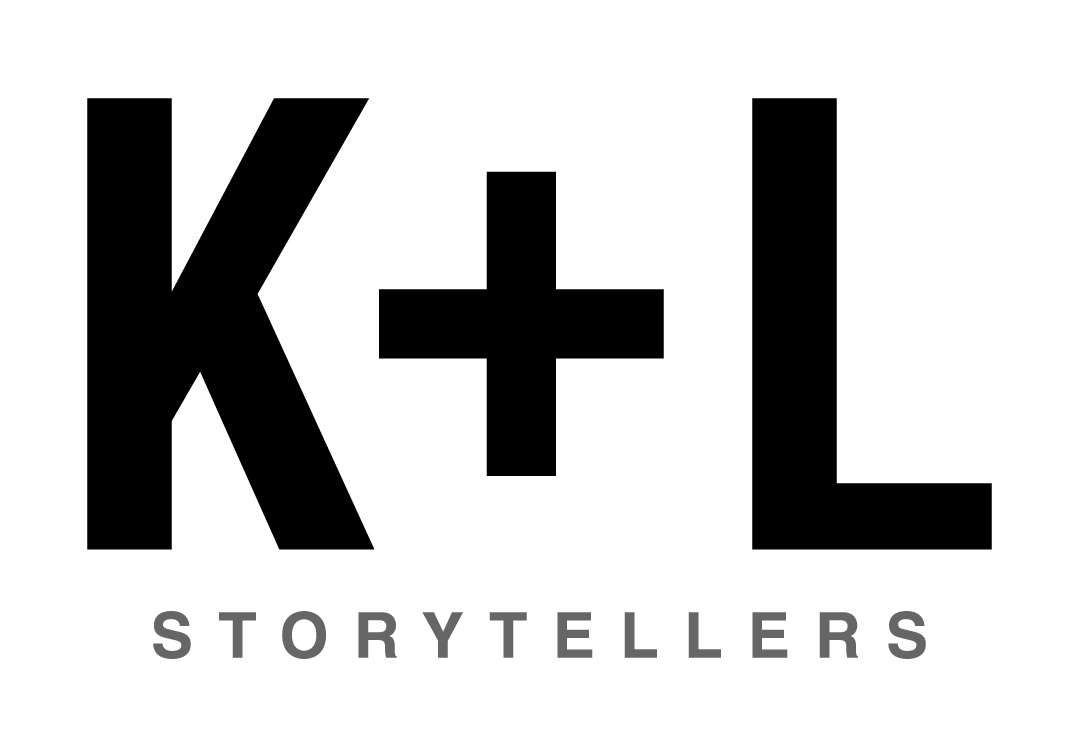6 Keys to Great Brand Storytelling
By Roderick Kelly
Co-founder, K+L Storytellers
Telling stories. That’s what people do. We tell them when we lunch with associates and at the dinner table when we talk about our day. According to Jeremy Hsu in Scientific American, two-thirds of our everyday conversations are made up of stories. Take, for instance, my cousin Richie. He holds court at every family function, unaware that his authentic, humorous storytelling is seductive.
He is also passing along stories for the next generation. Storytellers leave legacies in their wake.
Companies have a story to tell as well. Their stories win hearts -- the place where people make purchasing decisions. Through the company’s values, culture, programs, audience, products and people, they show how their brand differentiates itself from competitors.
Here are six tips for great brand storytelling:
1) Resolve a problem or conflict. Like a book or a movie, the story plot always finds the protagonist up to his or her eyeballs in conflict. Stories that explain how a company helped a customer overcome a specific challenge are noteworthy and remembered. “If you do what you do well, and you share your story, your brand will race to the top,” says Brian Chesky, CEO at Airbnb.
2) Be authentic. Fake news is seen for what it is. Your story has to be truthful to be believable. “Purposeful storytelling isn’t show business, it’s good business,” says Peter Guber, chairman and CEO of Mandalay Entertainment.
3) Evoke emotion. This might be a call to action or spark an idea. “People do not buy goods and services. They buy relations, stories and magic,” says Seth Godin, author.
4) Back your story with data. Data is social proof that your product or service works. Remember, your audience buys with their hearts, but backs up their decisions with logic. Author Dr. Brene Brown says: “Maybe stories are just data with a soul.”
5) Be consistent. From the person at the front desk to the loading dock to the C-suite, ask: Is everyone telling the same story? “You can’t separate the message from the messenger,” says Michael Margolis, CEO of Get Storied.
6) Know your audience. Your audience is one person. It’s the individual reading your story, listening to your story or watching your story at any given moment. “Marketing is no longer about the stuff that you make, but the stories you tell,” according to Godin.
So a weasel walks into a bar. The bartender says, “In all my years of bartending, I’ve never served a weasel. What can I get you?
“Pop,” goes the weasel.
Maybe it’s my opener the next time I see my cousin Richie. Who knows? Maybe this corny joke will be the center of his storytelling — until a better story comes along.


